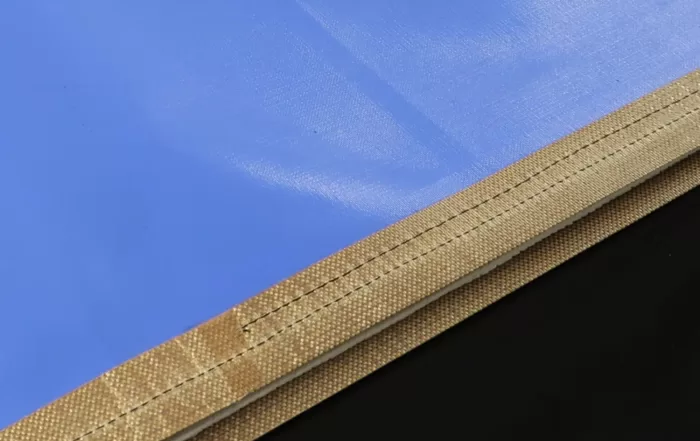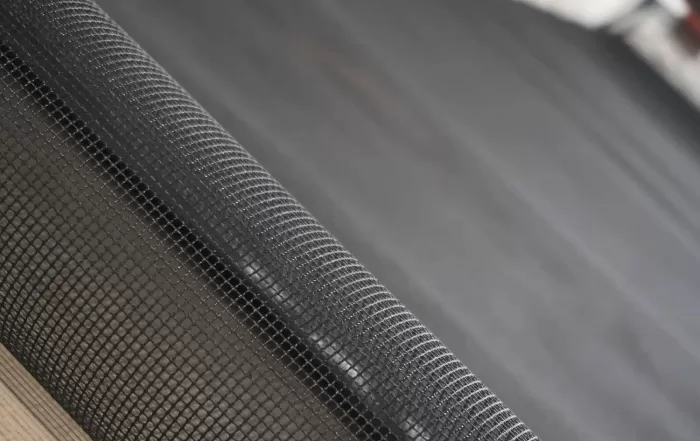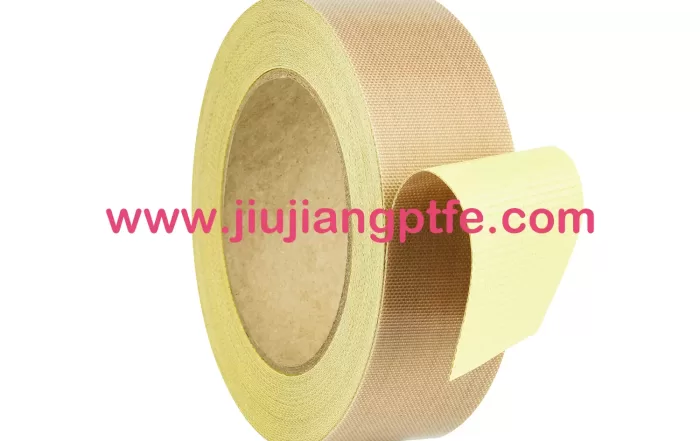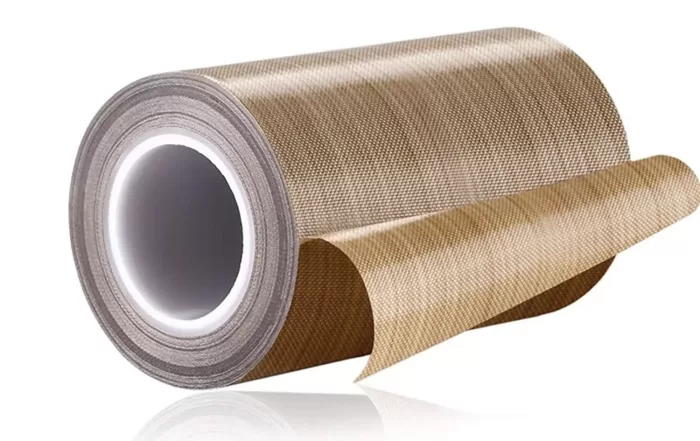Understanding the Science Behind PTFE Self Adhesive Tape Composition and Properties
In the world of industrial materials, PTFE (Polytetrafluoroethylene) self-adhesive tape stands out for its exceptional qualities.
Composition of PTFE Self Adhesive Tape
PTFE, widely known by the brand name Teflon, is a synthetic fluoropolymer of tetrafluoroethylene. It’s characterized by its high molecular weight and consists of carbon and fluorine atoms. The PTFE tape is a composite material, typically comprising a PTFE film backed with a silicone adhesive. The combination of PTFE and silicone adhesive results in a tape that not only possesses the unique characteristics of PTFE but also ensures easy application and adhesion to various surfaces.
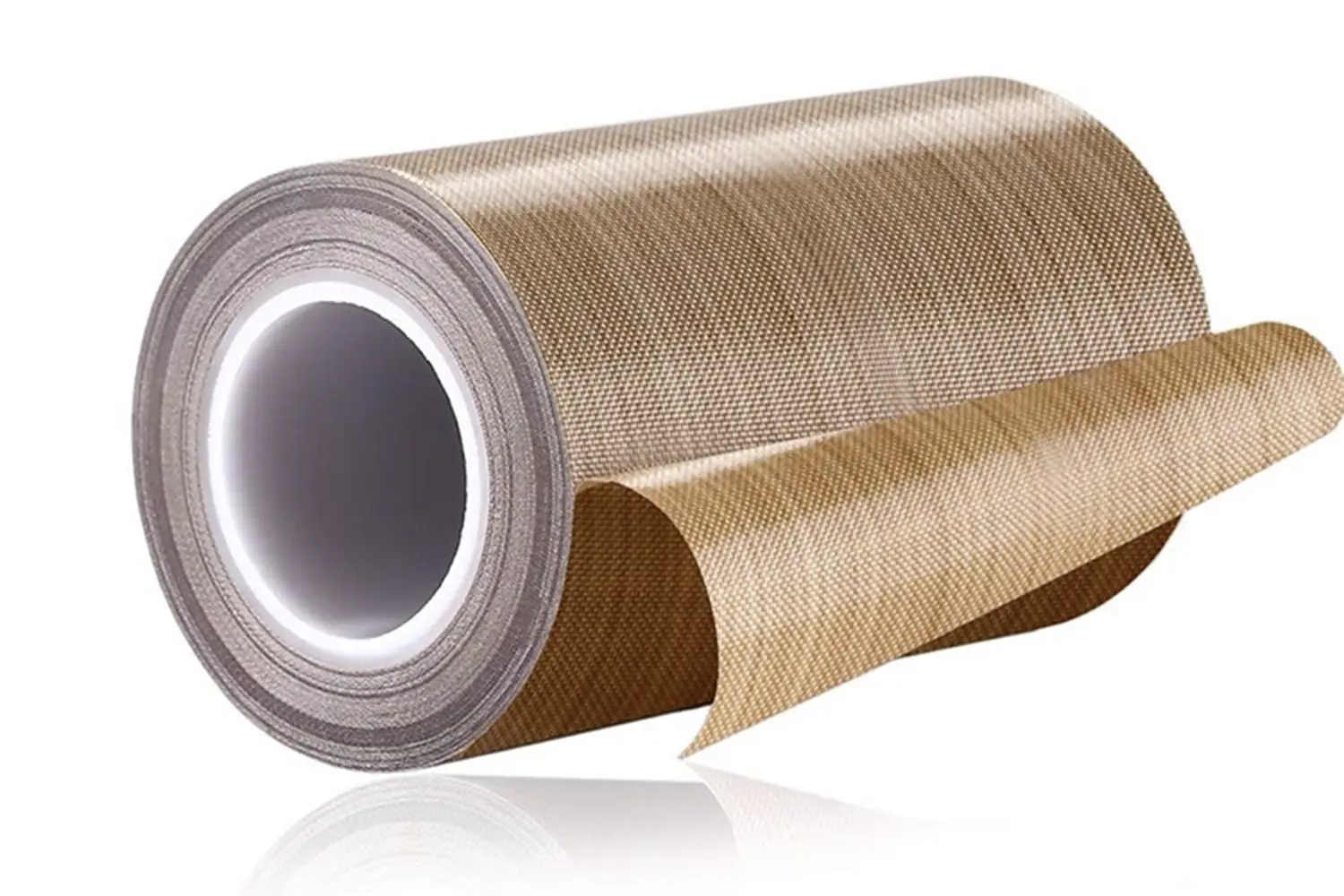
Properties of PTFE Self Adhesive Tape
- Non-Stick Surface: One of the most notable features of PTFE tape is its non-stick property. The molecular structure of PTFE, where fluorine atoms completely surround the carbon atoms, creates a slippery surface, reducing friction and preventing other materials from adhering to it.
- High-Temperature Resistance: PTFE tape can withstand extreme temperatures, typically up to 260°C (500°F). This property is due to the strong carbon-fluorine bonds in the PTFE, which are highly resistant to heat degradation.
- Chemical Inertness: PTFE is chemically inert, meaning it does not react with most chemicals. This property is vital in environments where exposure to corrosive substances is common.
- Electrical Insulation: PTFE has excellent electrical insulating properties, making the tape an ideal material for insulating electrical components, especially in high-frequency applications.
- Low Coefficient of Friction: PTFE has one of the lowest coefficients of friction compared to any solid material. This quality is advantageous in applications requiring smooth and efficient movement across surfaces.
- Weather Resistance: PTFE tape is highly resistant to weathering, including UV radiation and moisture. This makes it suitable for outdoor applications.
Scientific Principles Behind PTFE
The exceptional properties of PTFE arise from its unique molecular structure. The fluorine atoms in PTFE form a protective shield around the carbon atoms, preventing most other atoms or molecules from interacting with the carbon. This results in the material’s non-reactivity and high resistance to temperatures and chemicals. Additionally, the van der Waals forces between PTFE molecules are relatively weak, contributing to the low surface friction.
Applications in Various Industries
PTFE self-adhesive tape is used in a wide range of industries due to its versatile properties:
- In the aerospace industry, it’s used for insulation and protection against heat and chemicals.
- In the electronics sector, its insulating properties make it ideal for circuit board manufacturing.
- The automotive industry utilizes it for wiring harnesses and heat-resistant insulation.
- In the food processing industry, its non-stick surface is perfect for equipment that requires a non-contaminant interface.
The science behind PTFE self-adhesive tape is a testament to the advancements in material engineering and chemistry. Its unique composition grants it a set of properties that are unmatched by other materials, making it indispensable in various industrial applications. As technology progresses, the potential for new and innovative uses of PTFE tape continues to expand, further solidifying its role as a critical component in modern manufacturing and engineering solutions.

